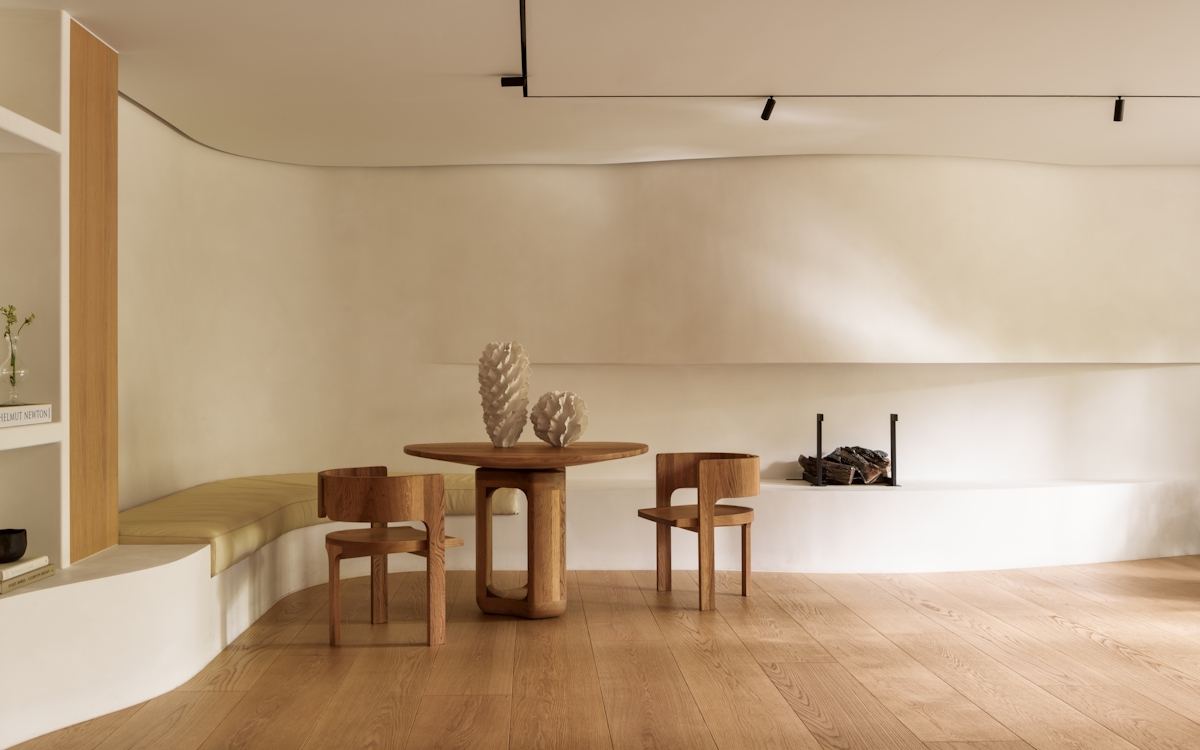As Beethoven once penned: “Art! Who comprehends her? With whom can one console concerning this great goddess?” And we completely understand. Variety within the art world is astounding—from classic oil paintings to modern artwork—ever-evolving.

How To Collect Art Like a Professional & Build an Art Collection
Expert advice on how to navigate the art world and where to start

If you’re starting out as a collector, knowing where to begin can be a little tricky. There are so many styles, techniques, mediums and artists to discover, all the while trying to discern which pieces you should really invest in. And even if you consider yourself a seasoned art connoisseur, you may have learned by now that curating a private collection for a particular space is a whole other ball game.
With over 20 years in the industry, sage advice on curating a private collection could come from no one more knowledgeable than art curator Katherine Maginnis. For collector, both novice and expert, Katherine shares her “how to” tips on buying art for your home.
1. Review your space
When creating a collection to suit your home, Katherine explains that the first step is to analyse the spaces you’re working with. “Establish the available wall space, taking account of all interior design elements like the scale of the furnishings and colour palette,” the London-based curator says, “This will dictate where you have an opportunity for high-impact large-scale artworks and areas in need of discrete pieces. I like to develop a narrative between all these interior elements in order to create a cohesive space.”
She goes on to suggest that collectors “view artworks in situ. Ensure that the selected works suit the environment and create a unique identity.” This might be challenging to do every time so you might try taking a photo of your space and photoshopping the piece into the scene or working with a designer.
2. Mix and match
“Mix different medium—oil on canvas, wall sculpture, fine art photography, sculpture and ceramics. Providing you work within a complimentary palette, the balance of the individual pieces will create a harmonious interior,” says Katherine.
As any great curator knows, a truly well-rounded collection is alyered with all kinds of artwork—both on the wall, freestanding and on specially design plinths or in niches. Not only does this make a collection more interesting but it’s practical too; different types of art lend to different spaces better than others, such as sculptures in stair niches or a large-scale canvas above a sofa.

3. Commission special pieces
“When deciding on a statement piece to create impact, consider commissioning work from an accomplished artist whose work you appreciate,” Katherine encourages, “Having a bespoke artwork made to specific dimensions and a prescribed palette ensures that you achieve maximum impact.”
4. Try different textures
One of the great things about curating your own artwork is that you realise how much variety there is out there and how much you don’t have to stick with conventional canvases. “When finding work for an interior that requires a neutral palette consider artworks that are heavily textured [such as] wall sculptures made from polished concrete, ceramic tiles with platinum lustre or hand-carved wood with white-gold silver leaf which creates a 3-D effect,” suggests Katherine.
5. Position carefully to optimise effect
“Install different sized artworks using large work to offer a focal point and positioning small artworks where they can be appreciated close up,” Katherine explains, “Stacking, clustering or arranging small artworks in a grid to create one large piece is a great option to deliver added interest and originality.”
Refer to your space and its vibe when positioning artwork. If a space has a calming feel, lots of busy artwork or configurations might affect the mood. Similarly, if a room is a little more casual, hung art might be replaced by layered framed prints stacked against a wall.
Learn more about how to master art framing in the second part of our art series here.




